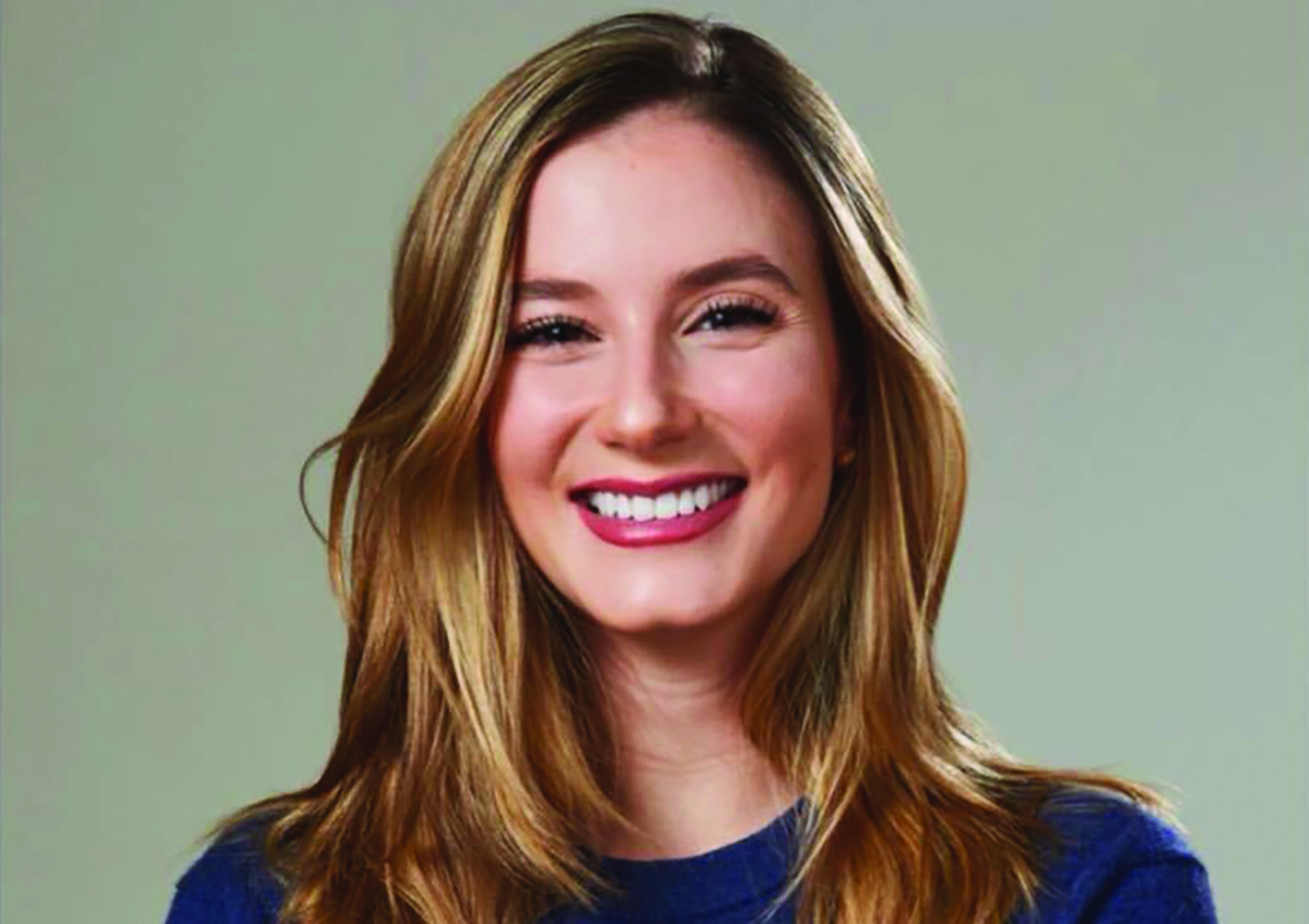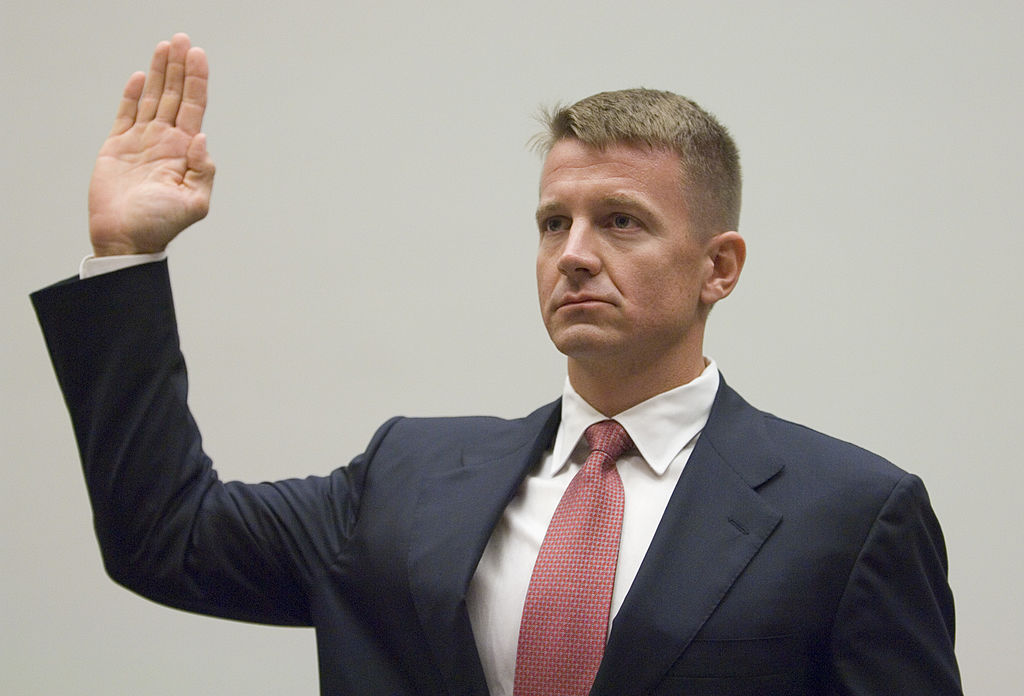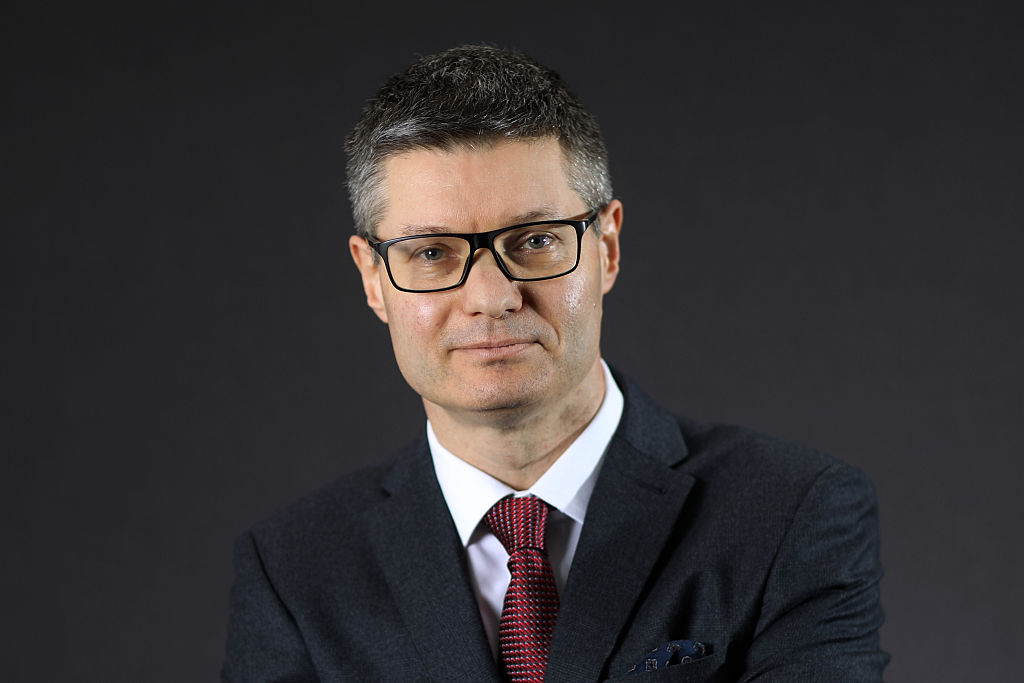Tracy Anderson: the fitness guru to the stars
American fitness entrepreneur Tracy Anderson counts Gwyneth Paltrow and Madonna among her clients, and she has built a personal fortune estimated at $110 million. Can she stop the copycats?

“Each day, thousands of women, myself included, engage in a ritual,” says Xochitl Gonzalez in The Atlantic. “We perform The Method. We ‘do Tracy Anderson’.” Anderson, who rose to fame training celebrities such as Gwyneth Paltrow and Madonna, has become so ubiquitous in the high-end fitness world that if you visit the Hamptons or Tribeca, you might notice solitary men in T-shirts proclaiming “My wife is at Tracy”. While ordinary mortals do pre-recorded workouts online for $90 a month, membership at one of Anderson’s studios is a multi-thousand-dollar status symbol – “the fitness equivalent of a waterfront property”. Last year, she opened her first studio in London’s Belgravia.
“Fitness entrepreneurs come and go,” says The Cut. Most can only dream of having “the staying power of Anderson”, who burst onto the scene in the mid-2000s when she helped Paltrow lose weight for the first Iron Man film and went on to train luminaries including Jennifer Lopez and Victoria Beckham. Before parting with “the queen of pop” in 2009, she moved in with Madonna so the pair could concentrate full-time on the routine. Paltrow, who calls Anderson a “pint-sized miracle”, remains a friend and business backer.
Nonetheless, the biggest mistake you can make around Anderson is to call her a “celebrity trainer”, says The Sunday Times. The phrase is banned. “In reality, I have a dance background, a chess background, an inventor background… an explorer background.” Having studied for years to perfect her workout – which she views as “both an art and a science” – and “her own intellectual property”, Anderson compares herself to Leonardo da Vinci, who, just like her, “used his scientific knowledge to enhance his art”, says The Atlantic. Some might view this as preposterously grandiose. But self-belief has fuelled a personal fortune estimated at $110 million last year and a (so far elusive) lifetime quest to copyright her moves.
MoneyWeek
Subscribe to MoneyWeek today and get your first six magazine issues absolutely FREE

Sign up to Money Morning
Don't miss the latest investment and personal finances news, market analysis, plus money-saving tips with our free twice-daily newsletter
Don't miss the latest investment and personal finances news, market analysis, plus money-saving tips with our free twice-daily newsletter
Born in 1975, Anderson grew up on a small ranch in Noblesville, says The Atlantic. Her mother ran a dance studio; her father worked in the family furniture business. Anderson describes the household as “sometimes middle-class, sometimes not” – one day they’d buy new school clothes; the next, cash-strapped, they’d have to return them. Her father hoped Anderson would become a lawyer, but at 18, she moved to New York to study at the American Musical and Dramatic Academy – and was demoralised by not having the correct “dancer’s body”. After marrying former basketball star Eric Anderson, the couple moved back to Indiana and eventually opened a Pilates studio, which went bust in 2005 owing $334,375. Fortunately, Anderson had a second string: she co-owned a studio with a branch in Los Angeles, where one of her clients was the wife of Gwyneth Paltrow’s agent.
Private equity not welcome
For nearly as long as Anderson has been famous, “she has worried about her former trainers stealing her moves and clients”, says The Atlantic. For good reason. “By 2014, so many Anderson apostates were operating in New York City alone that one blogger started rating them according to their “level of Tracy-ness”. Anderson has become an expert in US copyright law. Unfortunately, it’s not on her side. Although “performance choreography” can be copyrighted because it’s considered “creative expression”, physical fitness is deemed “functional” and so cannot.
Many of Anderson’s peers have been bought out by wealthy corporations or private-equity firms. “I don’t even hold space for that,” she says. “I’ve had people with their MBAs mess up my business.” What’s the point of “fancy educations” at Wharton, Stanford or Harvard, she says, if they don’t have the right mindset?
This article was first published in MoneyWeek's magazine. Enjoy exclusive early access to news, opinion and analysis from our team of financial experts with a MoneyWeek subscription.
Get the latest financial news, insights and expert analysis from our award-winning MoneyWeek team, to help you understand what really matters when it comes to your finances.
Jane writes profiles for MoneyWeek and is city editor of The Week. A former British Society of Magazine Editors editor of the year, she cut her teeth in journalism editing The Daily Telegraph’s Letters page and writing gossip for the London Evening Standard – while contributing to a kaleidoscopic range of business magazines including Personnel Today, Edge, Microscope, Computing, PC Business World, and Business & Finance.
She has edited corporate publications for accountants BDO, business psychologists YSC Consulting, and the law firm Stephenson Harwood – also enjoying a stint as a researcher for the due diligence department of a global risk advisory firm.
Her sole book to date, Stay or Go? (2016), rehearsed the arguments on both sides of the EU referendum.
She lives in north London, has a degree in modern history from Trinity College, Oxford, and is currently learning to play the drums.
-
 Goodwin: A superlative British manufacturer to buy now
Goodwin: A superlative British manufacturer to buy nowVeteran engineering group Goodwin has created a new profit engine. But following its tremendous run, can investors still afford the shares?
-
 Is US stock market exceptionalism over?
Is US stock market exceptionalism over?US stocks trailed the rest of the world in 2025. Is this a sign that a long-overdue shift is underway?
-
 Luana Lopes Lara: The ballerina who made a billion from prediction markets
Luana Lopes Lara: The ballerina who made a billion from prediction marketsLuana Lopes Lara trained at the Bolshoi, but hung up her ballet shoes when she had the idea of setting up a business in the prediction markets. That paid off
-
 Who is Christopher Harborne, crypto billionaire and Reform UK’s new mega-donor?
Who is Christopher Harborne, crypto billionaire and Reform UK’s new mega-donor?Christopher Harborne came into the spotlight when it emerged he had given £9 million to Nigel Farage's Reform UK. How did he make his millions?
-
 Why Trustpilot is a stock to watch for exposure to the e-commerce market
Why Trustpilot is a stock to watch for exposure to the e-commerce marketTrustpilot has built a defensible position in one of the most critical areas of the internet: the infrastructure of trust, says Jamie Ward
-
 The return of Erik Prince, America's notorious mercenary
The return of Erik Prince, America's notorious mercenaryErik Prince, founder of the controversial private military group Blackwater, was shunned for pushing the boundaries of legality. He has re-established himself
-
 Big Short investor Michael Burry closes hedge fund Scion Capital
Big Short investor Michael Burry closes hedge fund Scion CapitalProfile Michael Burry rightly bet against the US mortgage market before the 2008 crisis. Now he is worried about the AI boom
-
 Chen Zhi: the kingpin of a global conspiracy
Chen Zhi: the kingpin of a global conspiracyChen Zhi appeared to be a business prodigy investing in everything from real estate to airlines. Prosecutors allege he is the head of something more sinister
-
 Who is Jared Isaacman, SpaceX astronaut and Trump's pick as NASA chief?
Who is Jared Isaacman, SpaceX astronaut and Trump's pick as NASA chief?Jared Isaacman is a close ally of Elon Musk and the first non-professional astronaut to walk in space. Now, he is in charge of NASA
-
 Defeat into victory: the key to Next CEO Simon Wolfson's success
Defeat into victory: the key to Next CEO Simon Wolfson's successOpinion Next CEO Simon Wolfson claims he owes his success to a book on military strategy in World War II. What lessons does it hold, and how did he apply them to Next?